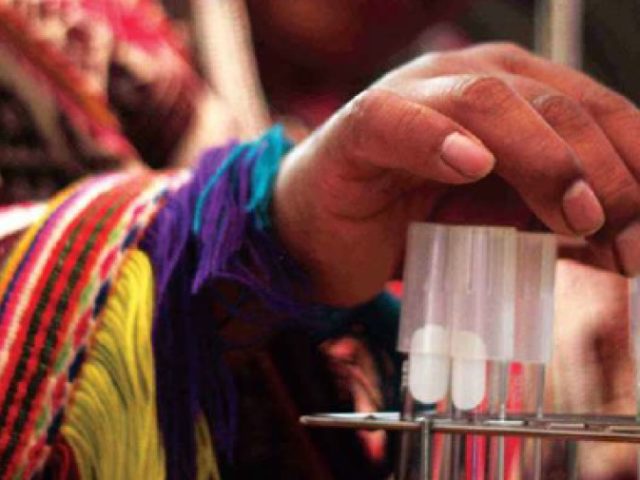The minor root and tuber crops are a rich but neglected resource for food, nutrition, and income. The aroids, Colocasia spp. and Xanthosoma spp., are important food crops in the tropics (12.2 MT), especially in Africa (76%). The Andean root and tuber crops (ARTC) (achira, ahipa, arracacha, maca, mashua, mauka, oca, ulluco, yacón) play a major role in Andean potato-based farming systems, where they are of great economic and nutritional importance to subsistence farmers.
They yield well with low inputs an d withstand most biotic and abiotic stresses. They have a wide range and mix of desirable characteristics: high-vitamin, micronutrient, and starch content; high yields; and medicinal properties. Diploid Ahipa yam beans (Pachyrhizus spp.) are drought-tolerant legumes with considerably more protein and trace minerals (Fe, Zn) than better-known root crops.
d withstand most biotic and abiotic stresses. They have a wide range and mix of desirable characteristics: high-vitamin, micronutrient, and starch content; high yields; and medicinal properties. Diploid Ahipa yam beans (Pachyrhizus spp.) are drought-tolerant legumes with considerably more protein and trace minerals (Fe, Zn) than better-known root crops.
Taro (Colocasia spp.) and cocoyam/tannia (Xanthosoma spp.) were domesticated independently in southeastern Asia and tropical America, respectively. Cultivation is concentrated in the coastal forest regions of West and Central Africa, but they are often intercropped with bananas in highland Eastern Africa. Cocoyam and taro are important traditional crops, playing a vital role for women in family food supply and income generation. Similar to yam, these crops are preferred staples, but they have not been sufficiently researched.


